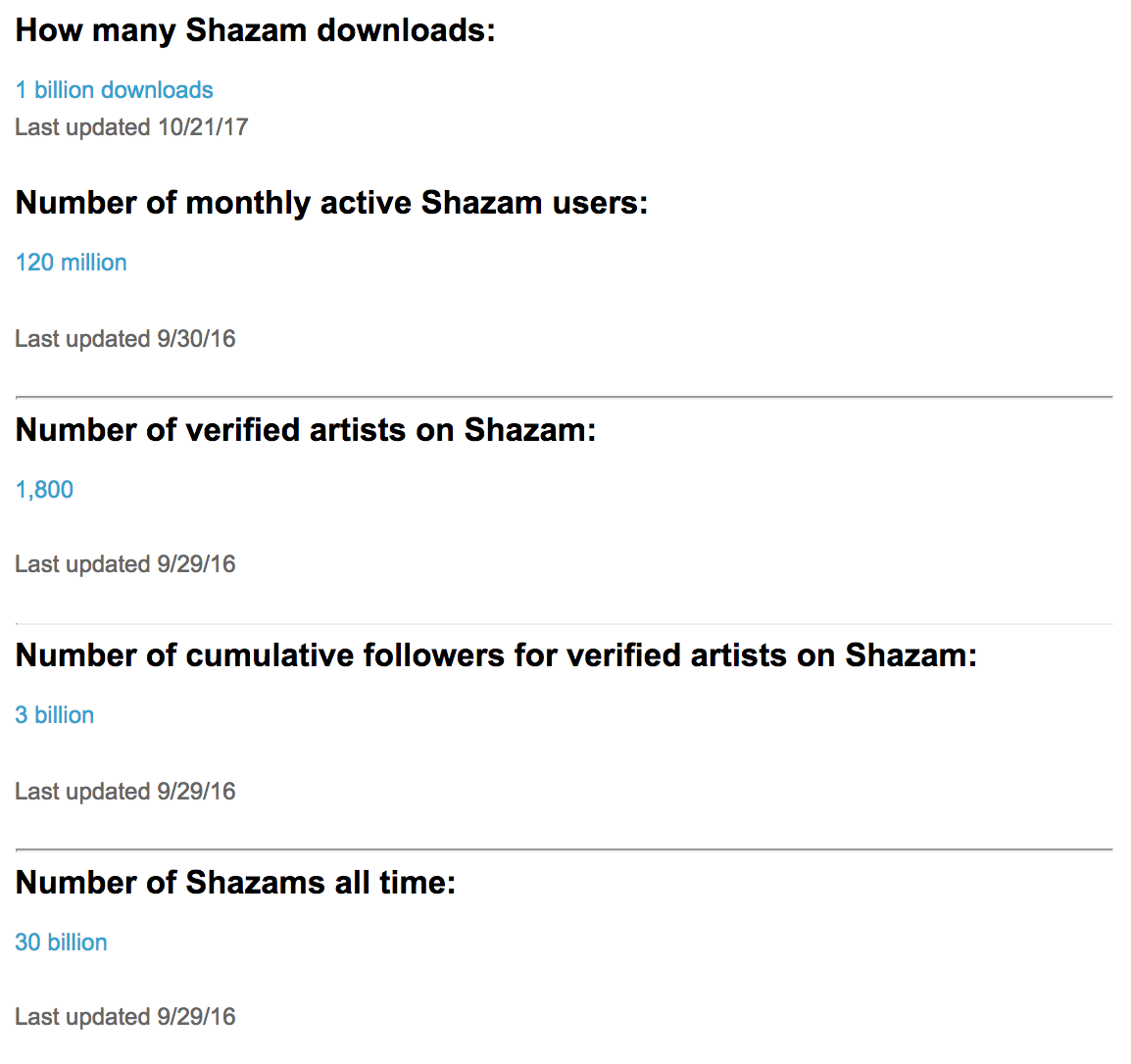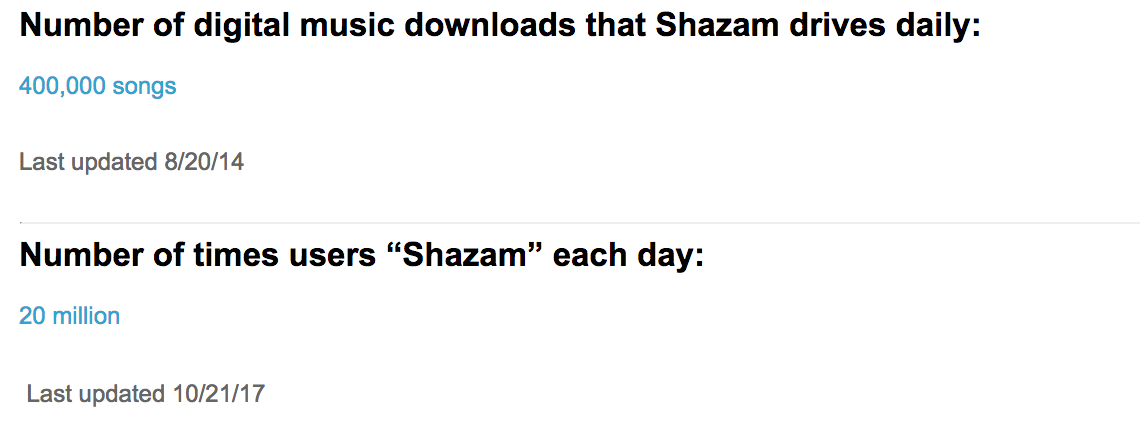Motivation
On a typical day, people find themselves wondering things about the world around them on a regular basis. Most of these curiosities go unaddressed because the effort it would take to answer them tends to outweigh whatever details they could learn. At WCMA and other museums, this manifests itself in questions about a particular piece of art, a featured artist, an exhibited culture or identity, or even the building itself. But, because short-term memory is notoriously transient, people forget about these questions and move on. In fact, typical short term memory
- lasts at most 30 seconds,
- can only store about 7 items, and
- deteriorates heavily with the passing of time.

Context
This extends beyond just the museum as a location. On a daily basis, there are various forms of artwork, literature, ideas, and objects that raise questions. Imagine, for example:
- Seeing an interesting book on someone’s desk and wanting to look into it, but not being able to remember the title later.
- Sitting in class and being shown a picture of a painting that you want to see again, but forgetting about it once the professor moves on.
- Going shopping for groceries and spotting something you’ve never tried before, but not knowing enough about it to buy it in case you don’t like it. Answering these questions is a great way to pick up all types of interesting knowledge, try new things, and become more curious about the world around you.
There are currently technologies in place that do similar things. For instance, Shazam is a great example of an app that addressed this problem for music (Shazam helps a user identify a song that is playing). This is especially useful because it is spontaneous, natural, and persistent. It assumes the user would be in a situation where asking for the song title is inconvenient or impossible, it is a naturally occurring and common situation that is not limited by location, and it remembers songs that have been “Shazamed.” In this way, the app has become wildly popular with 120 million monthly active users because it integrates well with daily life.


Project Details
The goal of this project would be to create something similar, but for pictures. A user would be able to take a picture of something (art, book covers, etc.) and pull up some general information about the item. Upon request, they could search for more details, or they could save it for later. In the same way that Shazam or Snapchat make it easy to instantly pull up the app and remember some piece of information, this project would retain searches and bookmarked results. Furthermore, with enough information, this project may ultimately be able to recommend other interesting items or locations to the user.
This would remove the experience of asking other people about the item in question, which could be positive or negative depending on the person. It could also detract from the overall experience of viewing art (in the example of a museum), or reading a book, or any other experience if the user can easily “plug in” to the Internet and become distracted. However, having this information readily available could change the nature of learning in daily life.
